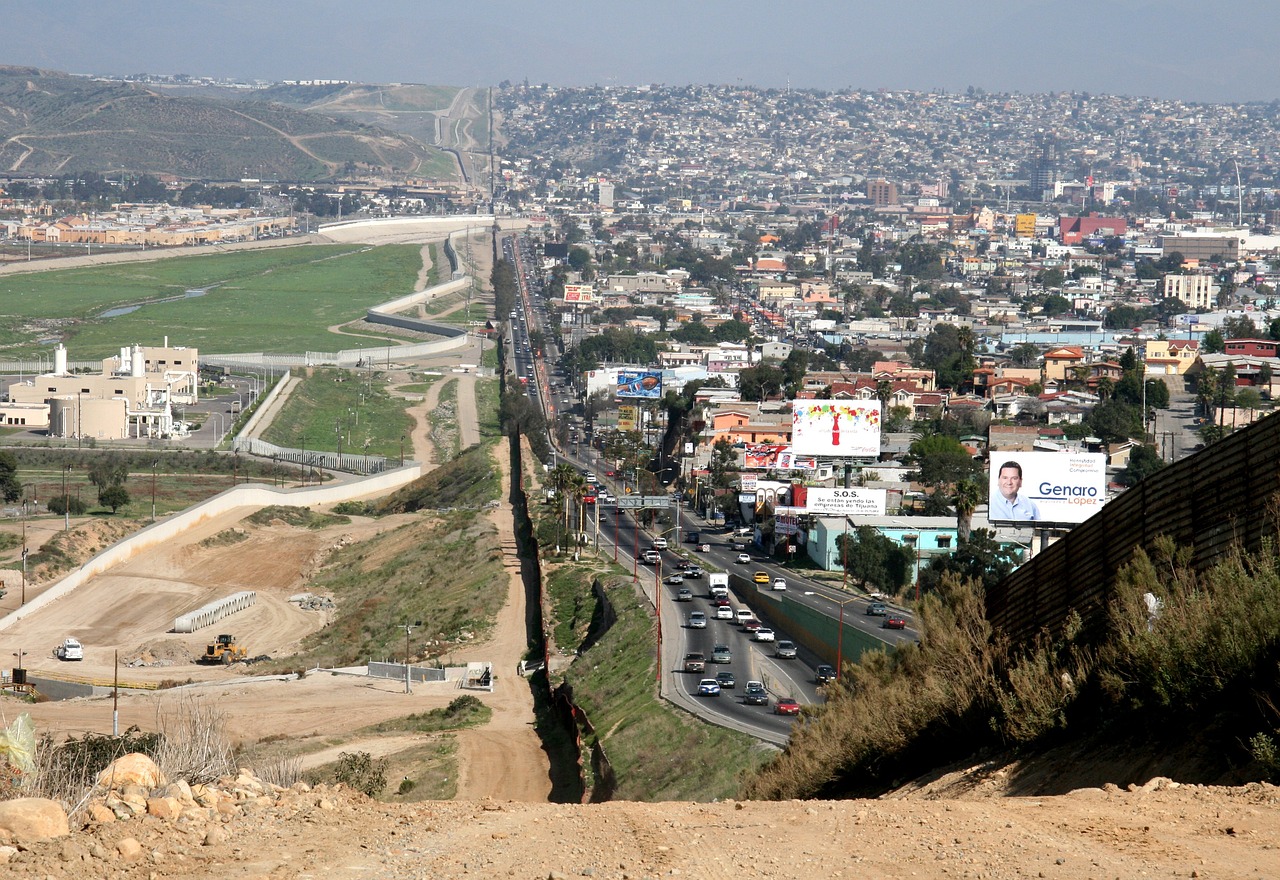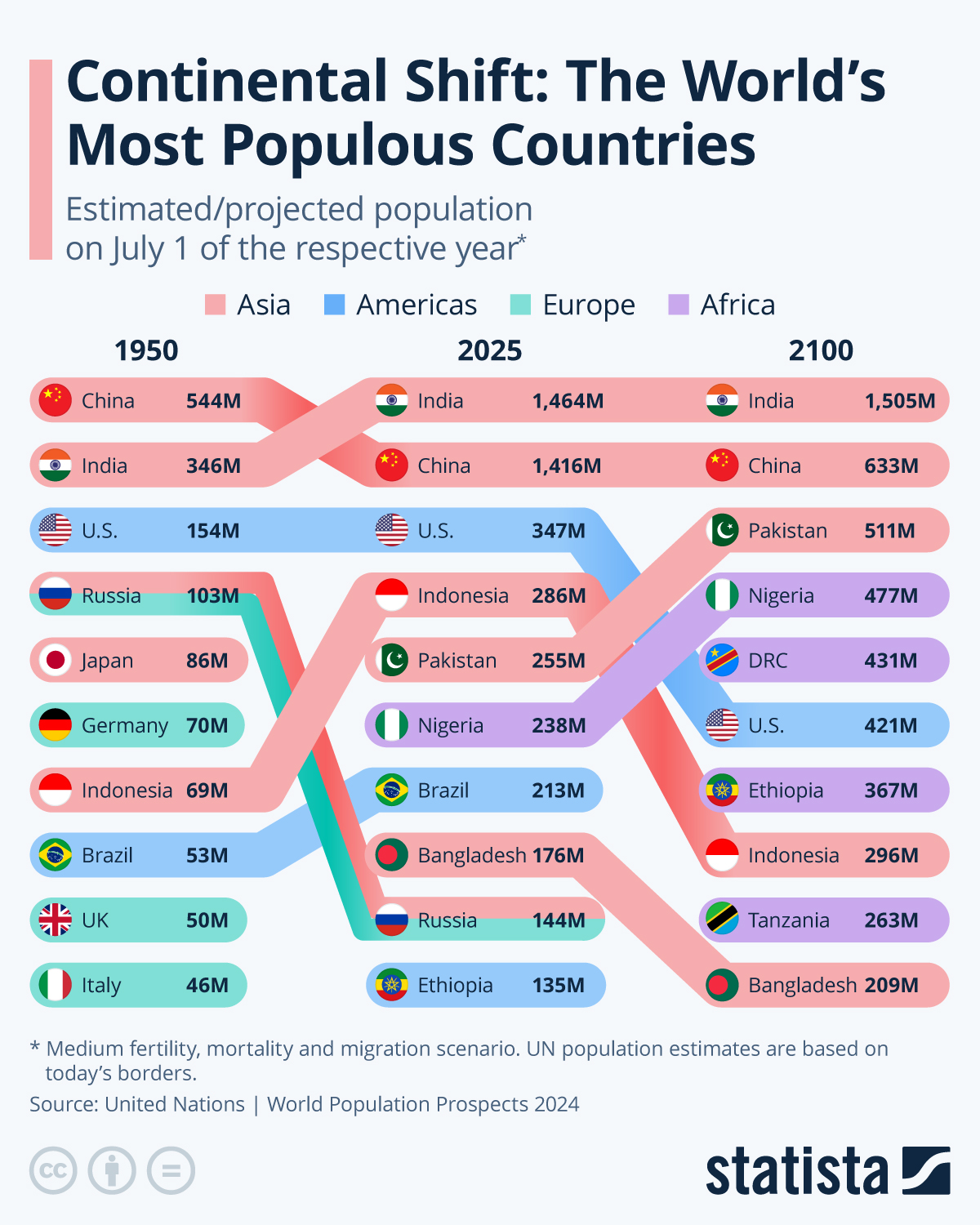According to United Nations’ latest projections of global population, India surpassed China as the world’s most populous country in April 2023. Having gradually closed the gap to China from more than 200 million people in 2000 to little more than 10 million in 2022, the UN Population Division predicts India’s population to reach 1,429 million in July 2023, surpassing long-time leader China by 3 million people.
In recent years, China’s population growth has slowed down notably due to its one-child policy before reaching an inflection point in 2022, when China’s population declined for the first time since 1961, when three years of famine had decimated the country’s population.
For India, which is currently expected to continue growing until the 2060s, its new position as the world’s most populous country will come with a new set of challenges, both domestically and internationally. These challenges include providing access to healthcare, education, and employment opportunities to an ever-growing number of people, all while finding its role in the global political and economic landscape.
Looking beyond India and China, the UN predicts a continental shift in population growth over the next few decades. With Europe’s population already declining and Asia’s and Latin America’s growth expected to turn negative in the 2050s, Africa is set to be the largest driver of global population growth for decades to come. By 2100, five African nations are expected to join India, China, and the United States among the world’s 10 most populous countries, with Nigeria projected to reach a population of half a billion before 2080. This demographic shift at the global level will require new approaches to managing resources, promoting sustainable development, and addressing issues such as poverty, inequality and access to healthcare and education.
You will find more infographics at Statista
Ask me anything
Explore related questions






